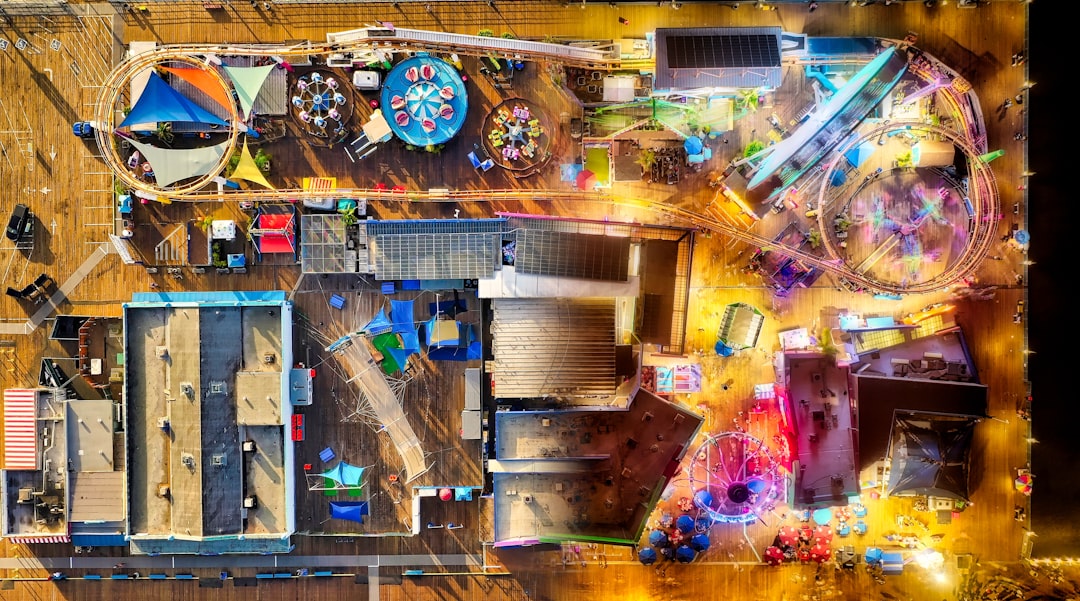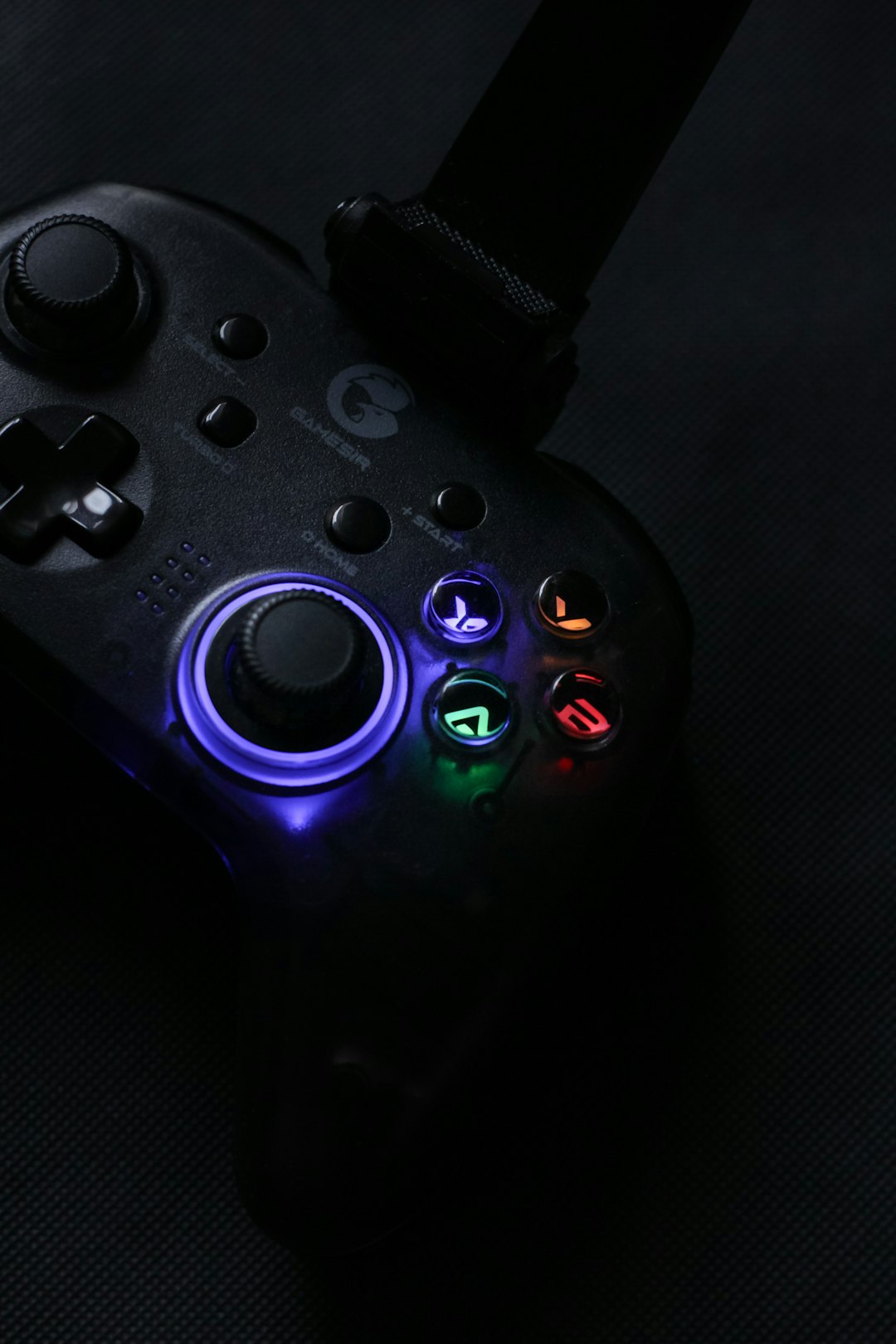If you’re an avid gamer, there’s nothing more frustrating than experiencing lag and stuttering while playing Warzone 2. These performance issues can ruin the immersive experience and might even cost you the match. Fortunately, with the right adjustments, you can significantly improve performance and enjoy smoother gameplay. In this article, we’ll explore common causes and practical fixes to eliminate lag and stuttering in Warzone 2.
What Causes Lag and Stuttering in Warzone 2?
Understanding the root of the problem is the first step. Warzone 2 is a graphics-intensive game, and a variety of factors can impact performance, including:
- Outdated graphics drivers
- Insufficient hardware (CPU, GPU, or RAM bottlenecks)
- Background processes consuming system resources
- High network latency or packet loss
- In-game settings that are too demanding for your system

Quick Fixes to Improve Performance
Before diving into complex solutions, start with a few quick adjustments that can make a noticeable difference.
1. Update Your Graphics Drivers
This is one of the most overlooked yet critical steps. Developers frequently release driver updates to optimize performance for new games.
- For NVIDIA users: Use GeForce Experience to check for updates.
- For AMD users: Use the AMD Radeon Software to keep drivers current.
2. Disable Background Applications
Heavy programs running in the background can reduce your available RAM and CPU resources. Close or disable unnecessary applications—especially browsers, recording/streaming software, or system updaters.
3. Lower In-Game Graphics Settings
If your hardware is struggling, reducing graphics settings can significantly boost FPS. Consider adjusting the following:
- Texture Resolution: Lowering this will reduce VRAM usage.
- Anti-Aliasing: Try disabling or switching to a lower quality mode.
- Shadow Quality: Shadows can be very performance-heavy.
- Post Processing Effects: Disable motion blur, film grain, and other visual enhancements.
Advanced Tweaks to Enhance Stability
If you’ve tried the quick solutions above and are still facing issues, these advanced tips might provide the boost you need.
1. Enable Game Mode in Windows
Windows 10 and 11 have a built-in Game Mode that prioritizes resources for gameplay. To enable it:
- Go to Settings > Gaming > Game Mode.
- Turn on Game Mode.
2. Set Warzone 2 to High Priority
Adjust the process priority so your PC allocates more power to the game:
- Open Task Manager (Ctrl + Shift + Esc).
- Go to the Details tab and find Warzone 2.
- Right-click on it, choose Set Priority, and select High.
3. Adjust NVIDIA or AMD Control Panel Settings
For smoother gameplay, tweak performance settings from your GPU control panel:
- NVIDIA: Go to NVIDIA Control Panel > Manage 3D settings. Set Power Management Mode to Prefer Maximum Performance.
- AMD: Use Radeon Settings > Gaming > Global Settings. Select Performance mode under Graphics Profile.

Optimize Your Network for Lower Ping
Even with great hardware, a poor internet connection can severely affect your performance. Here’s how to reduce lag caused by network issues:
- Use a wired Ethernet connection instead of Wi-Fi for a more stable connection.
- Close background downloads and streaming services such as Netflix or Spotify.
- Enable QoS (Quality of Service) in your router settings to prioritize gaming traffic.
- Choose the closest server region in Warzone 2 settings to reduce latency.
Bonus Tip: Use a Performance Optimization Tool
There are trusted third-party applications like MSI Afterburner or Razer Cortex that can help monitor temperature, usage, and FPS in real-time. These tools can also help overclock your GPU (with caution) or automatically shut down unnecessary applications when you launch a game.
Final Thoughts
Warzone 2 lagging and stuttering doesn’t have to be your new normal. Whether it’s tweaking in-game settings or dialing in your network stability, even small changes can lead to a big difference in your performance.
Take the time to test each of these suggestions and monitor how your system responds. Soon, you’ll be enjoying a smoother and more responsive gaming experience — and gaining a competitive edge in every match.
I’m Sophia, a front-end developer with a passion for JavaScript frameworks. I enjoy sharing tips and tricks for modern web development.
